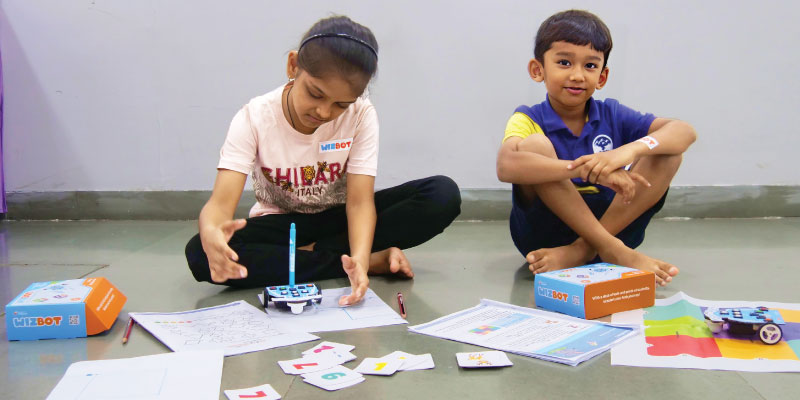The current generation, Gen Z, albeit more connected with technology than any of the preceding generations, is surely facing a stark disconnect to one of the most important fields out there – Mathematics. It has been made clear multiple times that a change is necessary. The questions we are asking here is Where?. Where is the problem? Is it in the roots of education? Or is it in the way knowledge is being projected upon young minds? Let us take a look.
Related: This Is Why Math Is Important
Mathematics, Patience, and Intuition
“The formulation of a problem is often more essential than the solution, which may simply be a matter of mathematical or experimental skill”
– Einstein

Consider an example where a student is asked to find the amount of time it takes for a water tank to be filled. In theoretical, textbook-based examples, students are fed all the information they need. The dimensions of the tank, the rate of flow, and for higher levels of physical analysis, even the viscosity of the fluid. Many textbooks have such problems. And as a matter of experience, we all know how to solve it (or at least approach it). But the problem lies in the independence of the students with respect to the problem. They can only apply the formula and get the answer. Instead, they should be able to assume parameters and come up with their own little mathematical models. Where everyone creates their own models and solves them to get some answers, and everyone discusses how these answers are relevant and what were the assumptions involved, the teacher can step in and show it to them how the problem can be efficiently modeled, how the solution can correspond to it, and how the theoretical solution can be different from the practical scenario. Since this involves a lot of subjective knowledge build-up, students start experiencing the right kind of intuition towards mathematical parameters and Wunderbar! We have, hence, created a set of patient, intuitive problem solvers.
STEM and Mathematics

In a poorly structured curriculum, we see that there are students who can build robots but cannot pass in the subject of electronics. This is not only regrettable but also disheartening to both students and teachers. We need to understand that mathematics should not be the formula to a well-made problem from a textbook, but the vocabulary to solving real-world problems. With the advent of the philosophy and pedagogy of STEM, we see a thorough overlapping of subjects. This not only forces students to have an interdisciplinary procedure of thought but also helps them develop critical thinking towards problem-solving. Mathematics is the intersection of all fields in STEM. Its applications in science, engineering, and technology are evident and obvious.
STEM and mathematics shall always overlap in a way so profound that even the most skilled engineers, scientists, statisticians, mathematicians, and other professionals fail to fathom. The very task of exposing this immense overlap to the generation Z is a daunting task to which we must express concern and give it the right kind of attention.
Letting students formulate most of the problem is key to understanding the beauty of the application of mathematics. It’s not about the solution, as Einstein said. Shorter the question, the easier it is for the students to assume, contradict and reason well with the physical situation at hand. Letting them assume parameters, going through a wee bit of error analysis and critical thinking empowers them to make better models.
Intuition-based discussions let students be better involved in class, especially for those students who are not very, “mathy”. The inclusion of all students empowers the discussion and helps them learn how to support their ideas and learn how to logically argue. This, in its own right, is a big step in a world where an argument is slowly becoming the art of offending the rest instead of logically solving the arrangement of the debate or discussion.
Related: How Can We Improve STEM Education?
In a Nutshell
Mathematics is the vocabulary of the right argument and the spirit of logic. To empower the growth of STEM, we need students to start becoming patient and intuitive problem solvers. We need to work on our projection techniques(the stem of the institution) while slowly strengthening and wherever needed, replacing the core. The key lies in (in fact, has always lied in) perceiving the blank page of a math notebook as a canvas, and not as an answer sheet that shall grade one’s intelligence.








